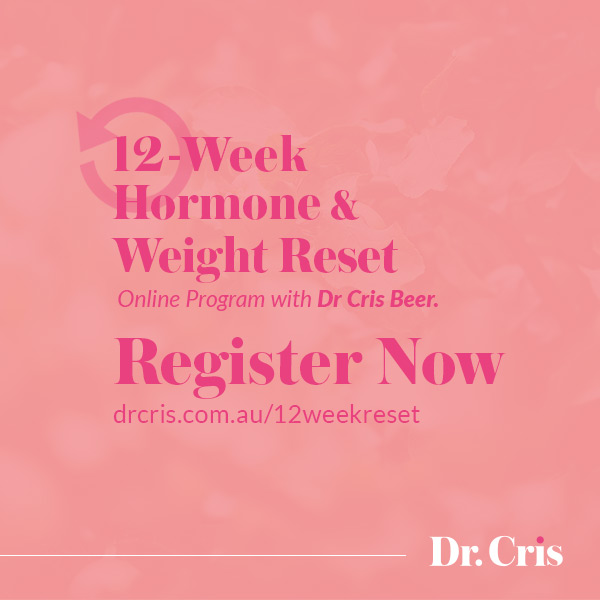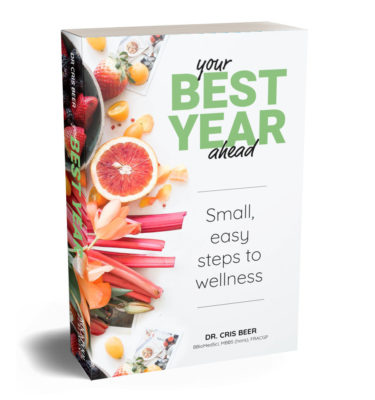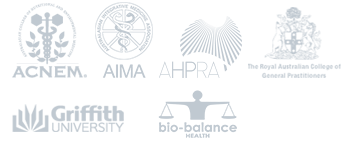Article in Body and Soul
Your liver is your body’s key detox organ and is essential to feeling well. Here are some ways on how to look after it without giving up everything on the menu
As well as removing toxins from the body, the liver processes nutrients from food and helps regulate metabolism. When it’s functioning well, you feel good. However, feeling sluggish, bloated and under the weather are signs your liver may be compromised. Even minor liver damage can cause accumulation of harmful toxins, inefficient processing of nutrients and a slowed metabolism.
The liver has amazing potential for regeneration, and detoxing provides an environment that allows this to happen, so follow these key steps or get off to an extra-clean start with my 7-day detox (see below).
Cut booze and painkillers
Alcohol and medications such as paracetamol are toxins that damage the liver, so start reducing these to safe limits. For paracetamol, never take more than two every four hours and not for longer than three days at a time.
The safe limit for alcohol is one standard drink (100ml wine, one mid-strength beer or 30ml spirits) a day for women and two for men, with two alcohol-free days per week. Abstaining from alcohol can allow your liver to regenerate.
Ditch processed food and drinks
Removing these from your diet will really help clear out your liver. Processed food products are often high in toxic fats (such as trans fats) and sugars – both equally damaging to the liver.
Cakes, sweets, soft drinks and energy drinks also contain preservatives, additives and artificial colourings. They have no nutritional value and are also treated as toxins in the body, so the liver has to work extra hard to eliminate them.
Remember fresh is always best when it comes to food, and try to get used to drinking plain water.
Eat your sprouts
Some foods and natural medicines support liver function. These include vegetables from the brassica family (see the detox plan), which have a protective effect due to their sulphur-containing chemicals called glucosinolates.
Once chewed and digested, these are converted into highly reactive compounds, that work as powerful stimulants of the liver’s detoxification pathways.
Try to eat at least three, but ideally five, serves of this type of vegetable each week to give your liver a boost. You can also buy brassica extract in tablet form. Nothing is a substitute for the real thing when it comes to food items, but this is an option for those with significant liver damage or who don’t eat enough of these vegies.
Silybum marianum, also known as St Mary’s Thistle or milk thistle, is a natural medicine that’s been shown to support the liver. In Australia, it’s available from health food stores and pharmacies and can be taken in capsule or powder form.
Taking a daily probiotic or eating fermented foods such as yoghurt, sauerkraut, kimchi and kefir makes for a happy digestive system, which is intrinsically linked to liver health – if you’re not absorbing, digesting or eliminating food properly, your liver can suffer and, vice versa, you can have digestion issues if your liver isn’t well.
You can also support optimal gut function by eating enough fibre and drinking plenty of water to flush your body.
7-day detox
Follow this dietary plan for a week to feel brighter, lighter and more energised.
Fruit and veg: Eat as much veg as you like, but at least 1 serve per day of brassica veg such as broccoli, kale, cauliflower, brussels sprouts and cabbage; maximum 1-2 serves of fresh fruit per day, and no fruit juice (too much fruit can worsen fatty liver disease as it’s high in natural fruit sugar, aka fructose).
Protein: 2-3 serves of fish, including 1 of oily fish such as salmon or fresh tuna per week; 3-6 eggs per week; 1 serve (a small handful) of nuts or seeds per day; up to 1-2 serves of lean red meat (preferably grass-fed) and 2-3 serves of lean, hormone-free chicken per week.
Grains: Maximum 1-2 serves of grains per day (choose wholegrain bread, brown pasta and rice, and traditional oats). If you’re gluten intolerant, opt for quinoa, millet or buckwheat.
Dairy: The saturated fat in dairy means you should keep it to moderate levels so aim for no more than 1-2 serves of full-fat milk a day (A2 milk is often easier to digest). If you’re dairy intolerant, try non-dairy alternatives such as unsweetened almond milk or brown rice milk.
Drinks: At least 2-3 litres of water per day, plus caffeine-free herbal teas such as dandelion. No more than 1 coffee or 2 teas per day.
What else? 1 daily probiotic or 2 tbs per day of prebiotic foods such as sauerkraut. strong>Off the menu: Alcohol; processed food and drinks.
Day on a plate
Breakfast: 1-2 poached eggs with raw kale, 1 piece grain toast with a few slices of avocado, topped with cracked pepper; or a smoothie with ½-1 cup almond milk, ½ cup frozen berries, 1-2 scoops pea protein, 1 tsp ground flaxseeds and 1 tsp psyllium husks.
Lunch: A green salad with ½ cup quinoa, plus grilled chicken breast, salmon or lean beef. Add apple cider vinegar, olive oil, pumpkin seeds and pine nuts.
Dinner: A stir-fry with plenty of green veg such as bok choy, broccolini, sugar snap peas, as well as bean shoots, capsicum, and spring onion with tamari sauce and lean beef, chicken or fish.
Snack: A small handful of nuts and 3-4 strawberries; or a small apple, pear, mandarin or nectarine; or a small tub unsweetened Greek yoghurt with frozen berries on top.
Water: 2 x 1-litre bottles throughout the day.
What to expect: You may experience these symptoms, depending on your health and diet: After 2 days: withdrawal headaches, breakouts, irritability, difficulty sleeping. 4 days: Better bowel function, reduced bad breath, less sugar cravings. 7 days: brighter eyes, more energy, clearer skin, less bloating.
#healthyhabits #healthyliver
Dr Cris
Holistic Medical Doctor, Author ‘Healthy Habits, 52 Ways to Better Health‘ and Healthy Liver



